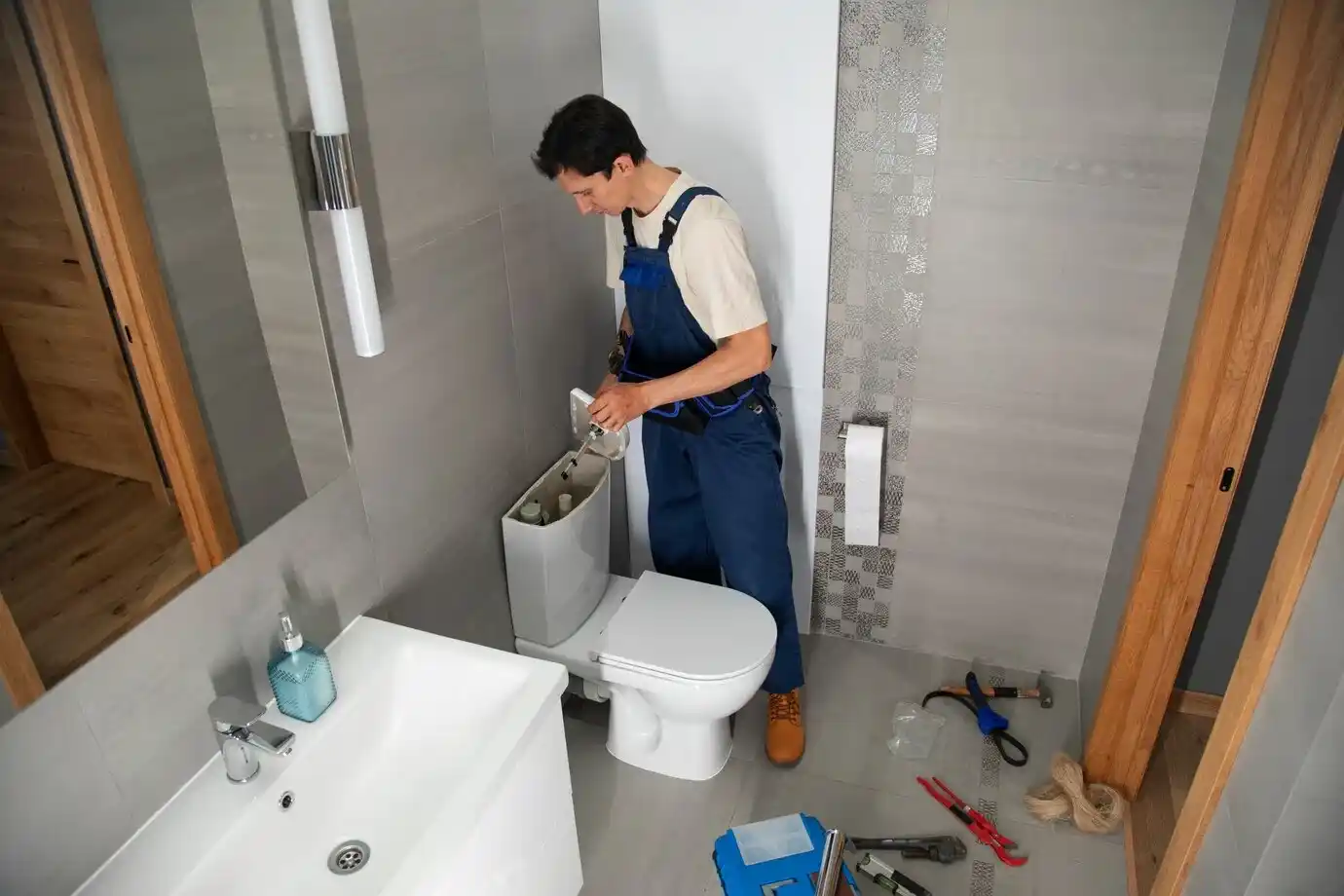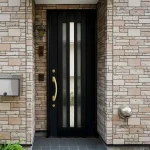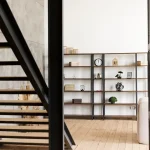We’ve all been there: standing in a bathroom that feels like a plumbing showroom, with pipes and fixtures disrupting the clean lines and aesthetic you’re aiming for. The good news is that concealing bathroom pipes can transform your space into a sleek, organized sanctuary. Whether you’re tackling this project as a DIY enthusiast or considering professional help, here are some practical and stylish ways to hide those unsightly pipes.
The Benefits of Hiding Bathroom Pipes
Concealing pipes isn’t just about aesthetics; it also makes your bathroom feel more organized and spacious. Bob Vila, a home improvement expert, says, “Concealing bathroom pipes can significantly enhance your bathroom’s aesthetic appeal and create a more streamlined look.” Beyond looks, hidden pipes reduce dust collection and are easier to clean around. Plus, they can protect the pipes from damage.
Assessing Your Space
Before diving into the various methods, take a good look at your bathroom. Identify where the pipes are and consider how much space you have to work with. This will help you decide which concealment options are feasible.
1. Box Them In
One of the simplest ways to hide pipes is to box them in with drywall or plywood. This creates a clean, smooth surface that can be painted to match your bathroom walls. Here’s how to do it:
- Measure and Cut: Measure the dimensions of the area you need to cover and cut pieces of drywall or plywood accordingly.
- Build a Frame: Construct a wooden frame around the pipes. Make sure it’s sturdy and secure.
- Attach the Panels: Secure the drywall or plywood to the frame using screws.
- Finish and Paint: Fill any gaps or screw holes with filler, sand it smooth, and paint to match your bathroom.
This method works well for both horizontal and vertical pipes. Just ensure there’s a way to access the pipes if needed, perhaps by including a removable panel.
2. Install a Vanity Unit
A vanity unit not only hides pipes but also provides additional storage space. This Old House states, “There are several creative and practical ways to hide unsightly pipes, from simple DIY projects to more involved renovations.” Choose a vanity that fits your bathroom’s style and size. Here’s a quick guide:
- Select the Right Vanity: Measure your space and choose a vanity that fits and matches your bathroom decor.
- Prepare the Area: Remove any existing fixtures if necessary and clean the area.
- Install the Vanity: Follow the manufacturer’s instructions to secure the vanity in place.
- Connect Plumbing: Reconnect your sink and other fixtures to the plumbing through the vanity’s cutouts.
Vanity units come in various styles, so you can find one that complements your bathroom while effectively concealing the pipes.
3. Use Decorative Elements
Sometimes, the best way to hide something is to make it part of the decor. Interior designers often turn pipes into a design feature rather than an eyesore. An interior designer suggests, “Concealing pipes can be an opportunity to add style to your bathroom. Incorporate hidden storage or decorative elements to enhance the space.”
- Paint the Pipes: Use heat-resistant paint to match the pipes to your bathroom’s color scheme.
- Wrap with Rope or Twine: Give your bathroom a rustic touch by wrapping the pipes with decorative rope or twine.
- Add Plants: Place potted plants or hanging greenery around the pipes to draw attention away from them.
These methods are quick, inexpensive, and can add a unique touch to your bathroom.
4. Install a False Wall
For a more permanent solution, consider installing a false wall. This is ideal if you’re doing a major renovation or building a new bathroom. According to the DIY Network, “Properly hiding pipes is essential for maintaining a clean and organized bathroom. Consider factors like accessibility and ventilation when choosing a concealment method.”
- Plan the Layout: Determine where the pipes are and plan the placement of the false wall.
- Build the Frame: Construct a frame using studs and secure it to the existing wall.
- Install Drywall: Attach drywall to the frame, making sure to leave access points for the plumbing.
- Finish the Wall: Tape, mud, and sand the drywall, then paint it to match your bathroom.
A false wall can completely transform the look of your bathroom, giving it a clean, modern appearance.
5. Use Cabinetry
Custom cabinetry can provide a tailored solution to hide pipes while offering storage. Nate Berkus, an interior designer, suggests, “Add personal touches to your closet, such as a comfy chair or a full-length mirror, to create a luxurious and inviting atmosphere.” Here’s how to integrate cabinetry:
- Measure the Space: Take precise measurements of the area where the pipes are located.
- Design the Cabinet: Plan a cabinet that fits the space and includes shelving or drawers for storage.
- Build or Buy the Cabinet: You can either custom-build the cabinet or purchase a pre-made one that fits your measurements.
- Install the Cabinet: Secure the cabinet in place, ensuring it covers the pipes but allows for easy access if needed.
Cabinetry can seamlessly blend into your bathroom, offering both functional and aesthetic benefits.
6. Mirror the Space
Mirrors are a fantastic way to make a small bathroom appear larger and hide pipes at the same time. Bobby Berk, an interior designer, mentions, “Mirrors can make a small closet feel larger. Consider adding a full-length mirror to the closet door or wall.” Here’s how you can use mirrors:
- Choose a Large Mirror: Select a mirror that fits the space and can cover the pipes.
- Mount the Mirror: Secure the mirror to the wall, ensuring it conceals the pipes and is safely installed.
- Add Lighting: Install lights around the mirror to enhance the space and ensure proper illumination.
Mirrors can be a stylish addition to your bathroom while effectively hiding pipes.
7. Create Built-In Shelves
Built-in shelves are a practical solution that offers storage and pipe concealment. The Plumbing Contractor advises, “If you’re unsure about the complexity of the project or the condition of the pipes, consulting a professional plumber is advisable.” Here’s a step-by-step guide:
- Plan the Shelves: Determine the size and placement of the shelves around the pipes.
- Build the Frame: Construct a frame using wood or metal studs.
- Install Shelves: Attach the shelves to the frame, ensuring they are sturdy and level.
- Finish the Shelves: Paint or stain the shelves to match your bathroom decor.
Built-in shelves can be customized to your needs, offering both storage and a clean look.
Personal Anecdote
When I moved into my current home, the bathroom pipes were an eyesore. I decided to box them in and add a few decorative touches. I chose a beautiful paint color that matched my bathroom walls and added some plants around the boxed-in pipes. The transformation was incredible. Not only did it hide the pipes, but it also made the bathroom feel more organized and welcoming.
Additional Resources
While specific studies on hiding bathroom pipes might be limited, these resources can provide valuable guidance and inspiration:
- Home Improvement Websites: Websites like This Old House, Bob Vila, and The Spruce often offer DIY tutorials and step-by-step instructions for concealing pipes.
- DIY and Home Improvement Stores: Stores like Home Depot, Lowe’s, and Menards provide a wide range of materials and tools for pipe concealment projects.
- Interior Design Magazines: Publications like Better Homes and Gardens, House Beautiful, and Architectural Digest often feature bathroom design ideas, including pipe concealment solutions.
- Plumbing Contractors: Consulting a professional plumber can provide expert advice and recommendations for hiding pipes, especially in complex situations.
Conclusion
Hiding pipes in your bathroom can be a straightforward and rewarding project. From simple DIY solutions to more involved renovations, there are plenty of options to choose from. Remember to consider accessibility and ventilation, and don’t be afraid to get creative. Whether you’re boxing in pipes, installing a vanity, or using decorative elements, you can transform your bathroom into a stylish and organized space. So roll up your sleeves, gather your tools, and get started on your bathroom makeover today!










